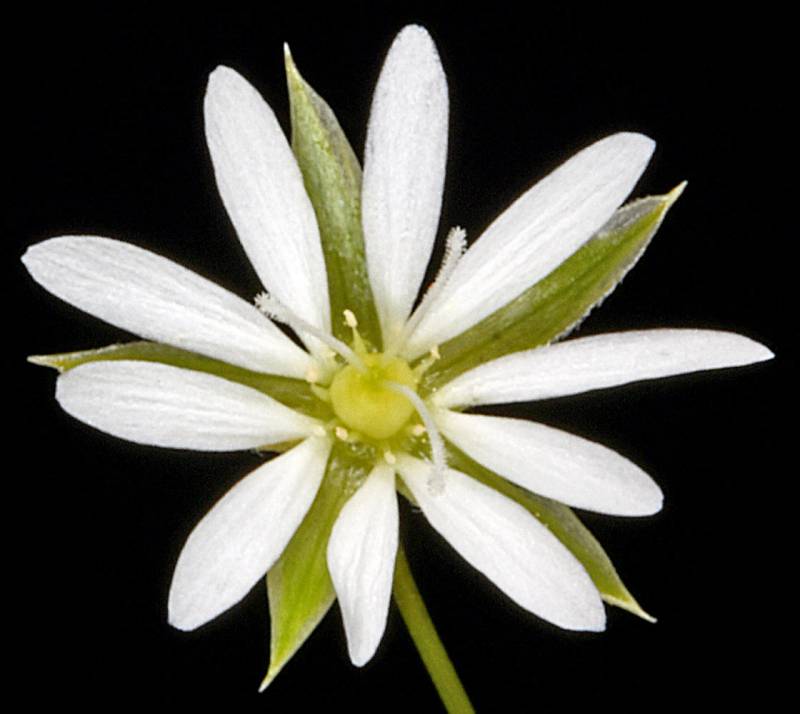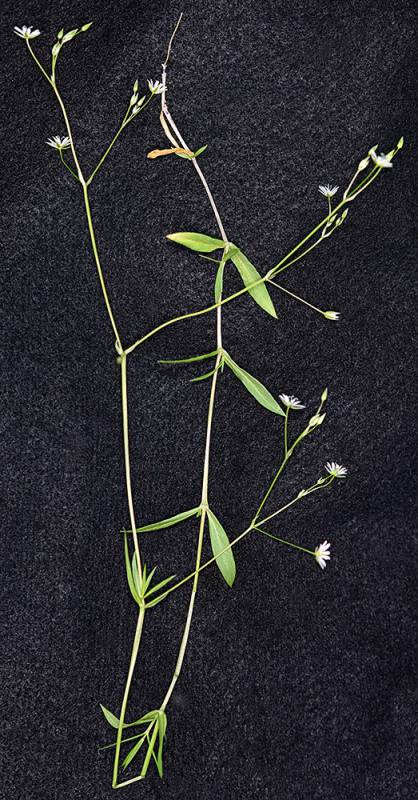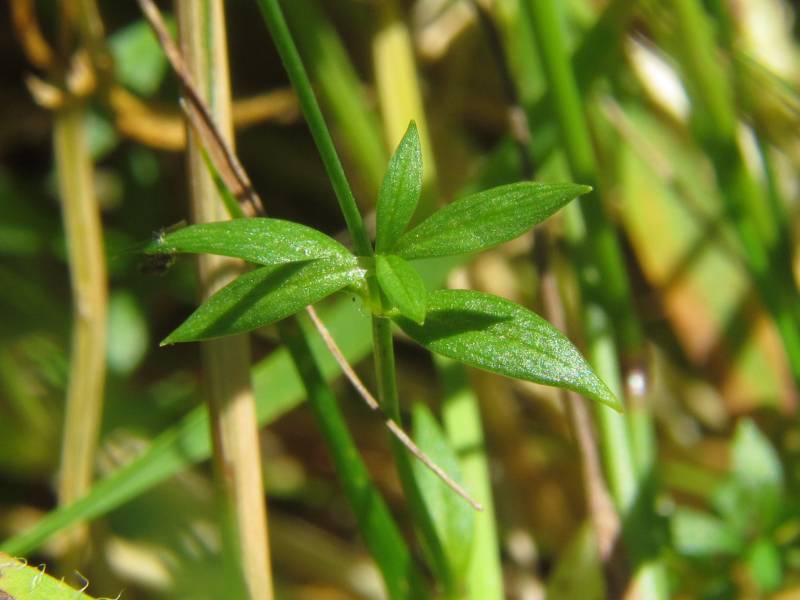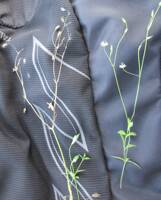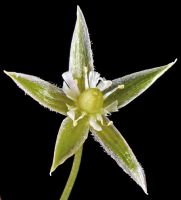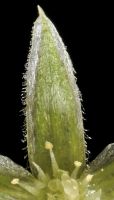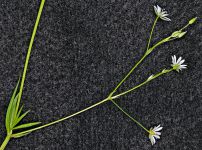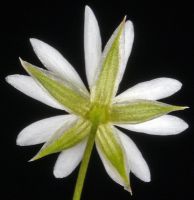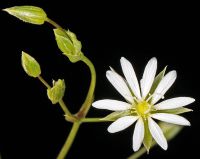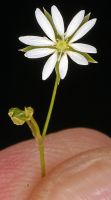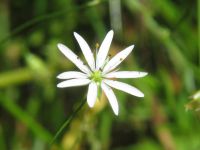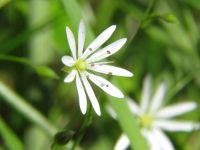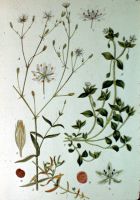Distribution: Occurring in scattered locations on both sides of the Cascades crest in Washington; British Columbia to California, east to the Rocky Mountains, and from the southern Great Plains east to the Atlantic Coast.
Habitat: Roadsides, fields, pastures, and lawns.
Flowers: May-July
Origin: Introduced from Eurasia
Growth Duration: Perennial
Conservation Status: Not of concern
Pollination: Bees, flies
Spreading, glabrous perennial with 4-angled, decumbent or ascending stems up to 10 dm. long
Leaves opposite, all cauline, lanceolate to linear-lanceolate, sessile, 1.5-2.5 cm. long.
Flowers many in a diffuse inflorescence, the pedicels slender, spreading, 2-4 cm. long; sepals 5, lanceolate, pointed, 3.5-5.5 mm. long, the margins membranous and hairy; petals 5, white, exceeding the sepals; styles 3, 2-4 mm. long.
Capsule ovoid, greenish-yellow, equaling the calyx.
Publication: Sp. Pl. 1: 422. 1753.
PNW Herbaria: Specimen records of Stellaria graminea in the Consortium of Pacific Northwest Herbaria database
WA Flora Checklist: Stellaria graminea checklist entry
OregonFlora: Stellaria graminea information
E-Flora BC: Stellaria graminea atlas page
CalPhotos: Stellaria graminea photos

